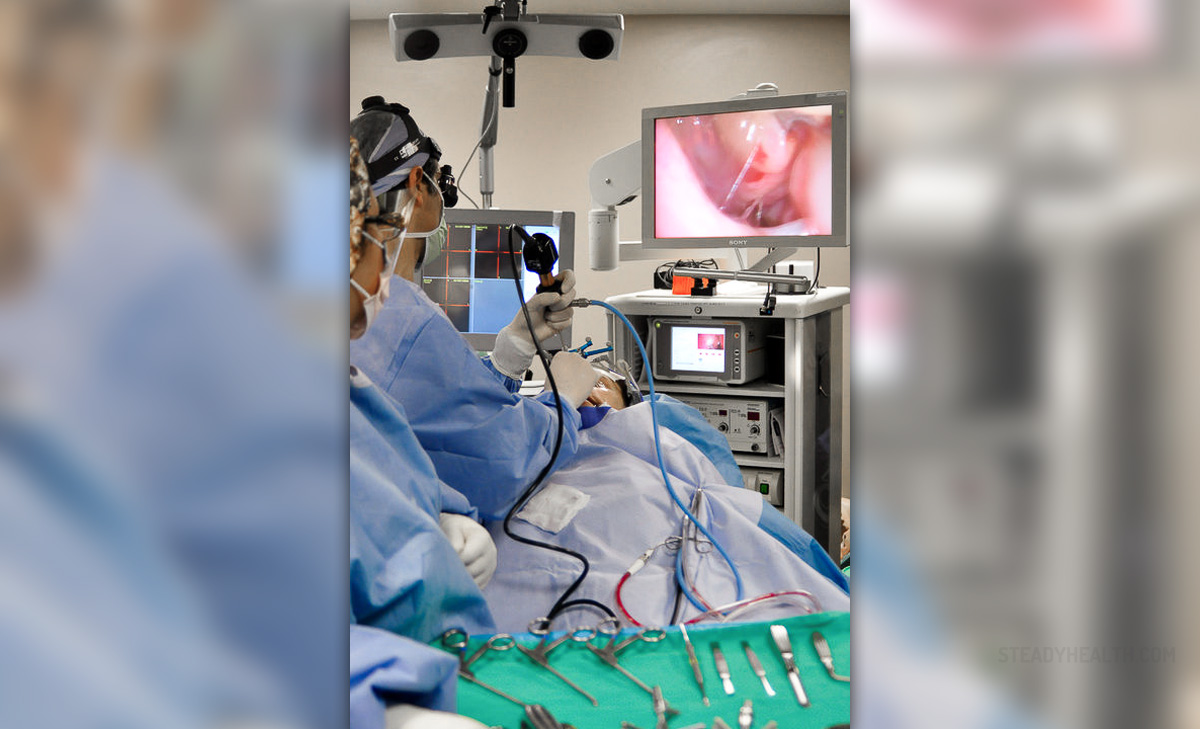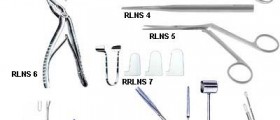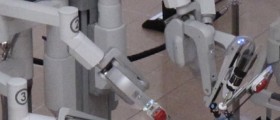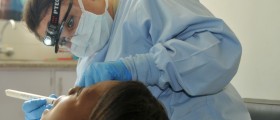
Sinusitis
Sinusitis is an acute or chronic inflammation of sinuses, caused by an infection, an allergy or autoimmune issues. It causes headache or a feeling of pressure in the sinus area, discharge from the nose, and sometimes toothache.
Ear, nose and throat specialists usually prescribe antibiotics, antihistamines, decongestant and steroids as treatment, as well as procedures like flushing. However, in some cases, the inflammation is recurring, it has many complications or it does not respond to treatment. In those cases, surgery may be an option. Surgery usually consists of enlarging the openings in the sinuses to allow complete drainage.
Before choosing the surgery option, the specialists take complete medical history and perform several tests, usually CT scan, nasal physiology and blood tests.
Surgical options for sinuses
Functional endoscopic sinus surgery involves the insertion of tiny fiber-optic tube, called endoscope, into the nasal cavity through nostrils. This allows a detailed picture of the sinus tissues and openings and abnormal tissues can be easily removed with the use of adequate instruments. This procedure does not leave scars and causes some swelling and mild discomfort. It is done on an outpatient basis. Sometimes it is recommended to perform nasal irrigation, ten days after the surgery, to prevent crusting.
Since sinuses are located very close to the brain, the eyes and the major arteries, the insertion of fiber-optic tube can be dangerous if not done properly and by a trained surgeon. A new technology called image guided endoscopic surgery is much safer in that sense.
Image guided surgery for sinuses is recommended in severe cases of chronic sinusitis, for patients with unusual structure of sinuses and nasal passages or for persons whose previous sinus surgery has altered the structure somehow.
It allows near 3D mapping by combining CT (computed tomography) technology and real-time information. This way the surgeon knows the exact position of the instruments used, which prevents accidental damage to the surrounding structures. Obviously, surgeries done this way are much more precise and safe.
Caldwell Luc is another possible surgical procedure for sinus problems. It is usually recommended for persons who have some sort of malignancy in the sinus cavity.
This procedure relieves chronic sinusitis by providing drainage of the maxillary sinus. That is the sinus located below the eye. This sinus is reached through the jaw bone, above second molar tooth. Drainage is improved by making an opening that leads from the maxillary sinus to the nose, from where the obstructing material from the sinus can exit.

















Your thoughts on this
Loading...